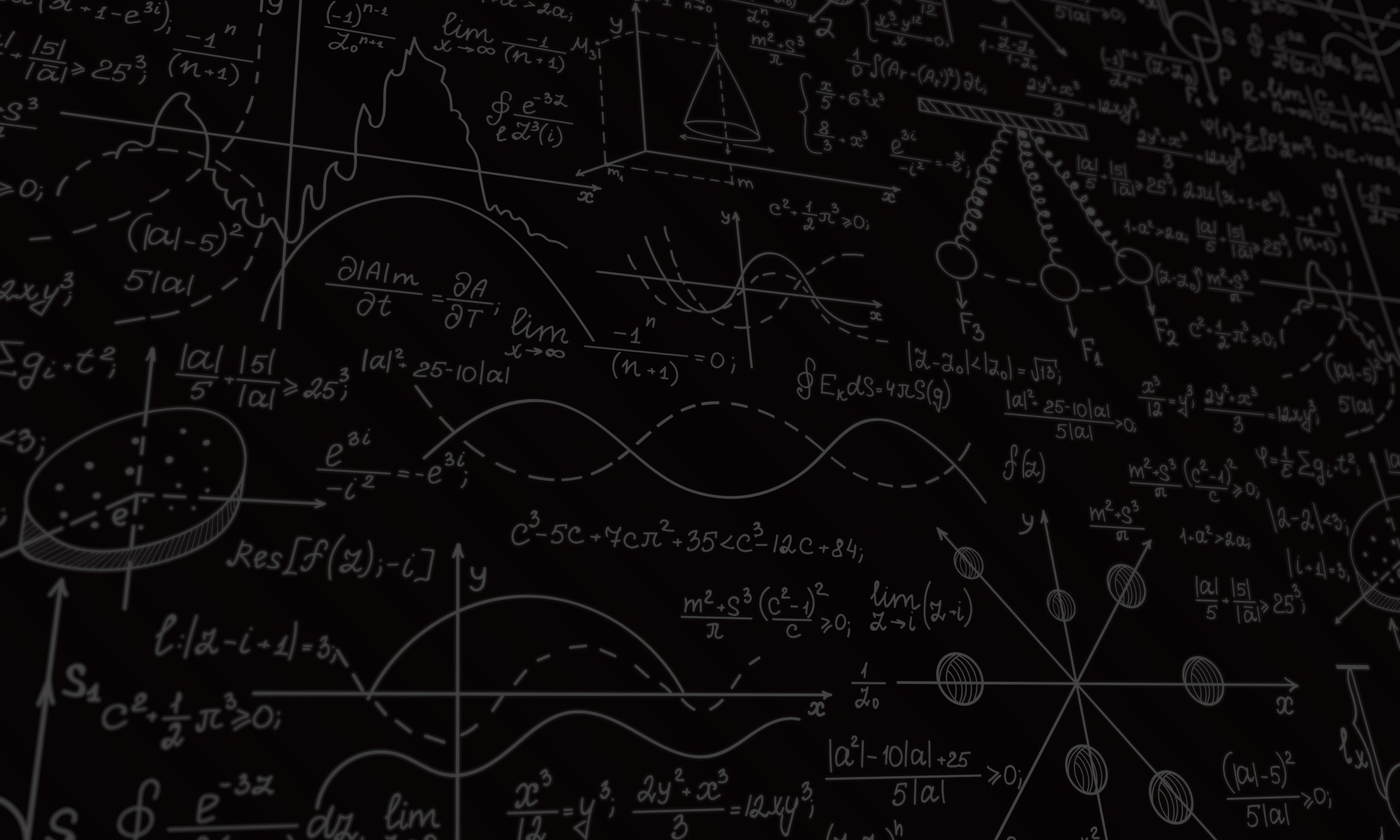UBC visual effects spin-off puts some skin in the game
May 3, 2017

May 3, 2017

UBC computer scientists are examining exactly how skin folds, stretches, wrinkles and bounces, with the goal of creating a realistic computer model of the human body.
“Human skin and other soft tissues are thin, elastic structures that deform a lot,” said Dinesh Pai, professor of computer science. “It's been a challenge to come up with a good computer algorithm to simulate it.”
Pai and his team are using motion capture, 3D scanners, and other technologies to study the properties of skin and how it deforms as we dance, jump and stretch.
Their goal is to take all this information and create a simple computer algorithm that can predict how our skin moves as we move.
Their spin-off company, Vital Mechanics, is using these models to create more realistic visual effects in movies like Fantastic Beasts. The models will also be helpful tools for companies needing to test anything that interacts with the human body like the emerging market of wearable technologies.
We honour xwməθkwəy̓ əm (Musqueam) on whose ancestral, unceded territory UBC Vancouver is situated. UBC Science is committed to building meaningful relationships with Indigenous peoples so we can advance Reconciliation and ensure traditional ways of knowing enrich our teaching and research.
Learn more: Musqueam First Nation